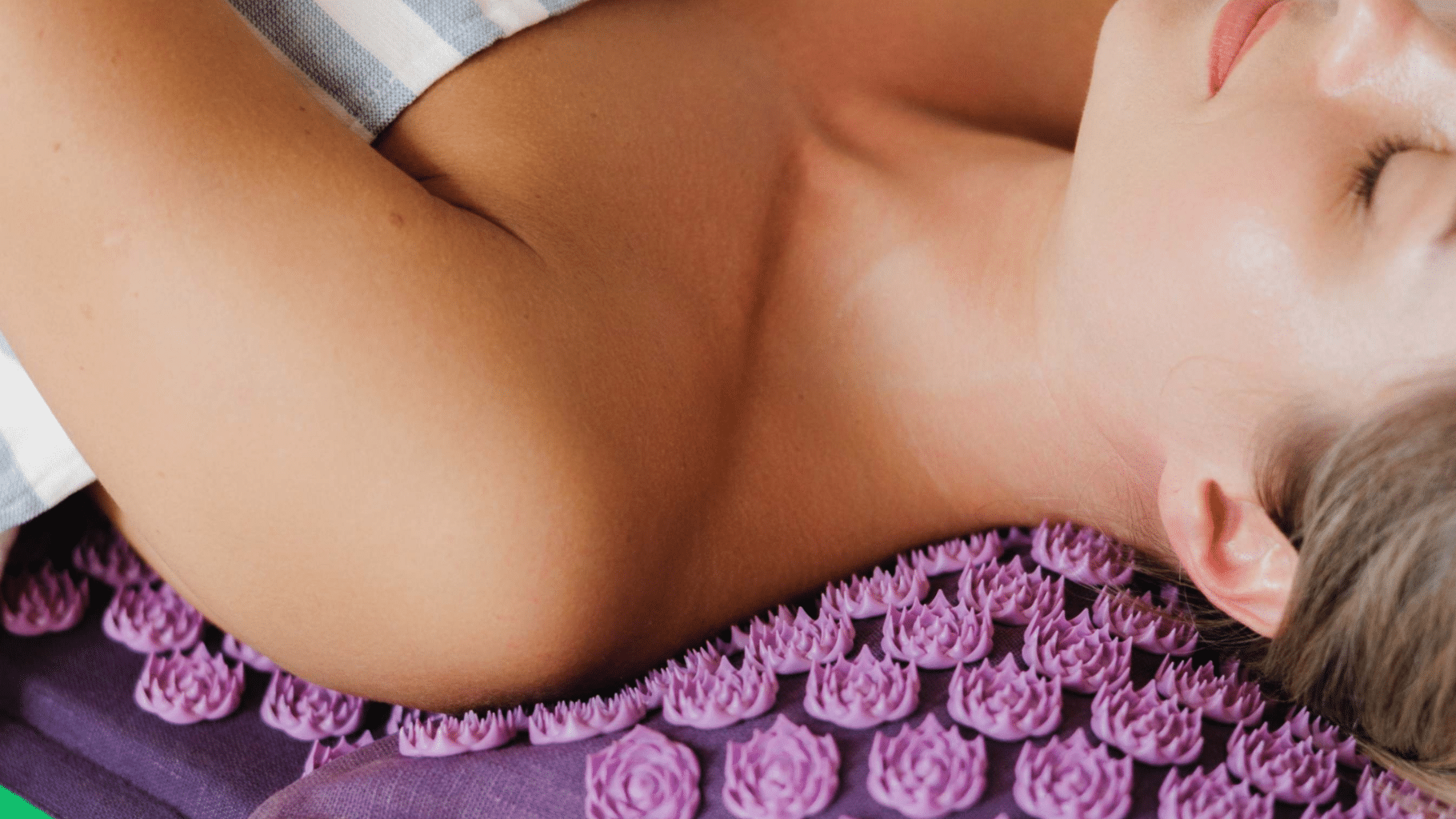Pursed lip breathing is a simple method of breathing in through your nose and slowly out through slightly puckered lips. This technique helps control your breathing and reduce stress 1.
How do you perform pursed lip breathing correctly?
To perform pursed lip breathing, inhale slowly through your nose, then exhale through slightly puckered lips, ideally twice as long as the inhale. This technique helps improve airflow, manage breathlessness, reduce stress, and benefit conditions like COPD and asthma.
This blog is part of a series on “breathing techniques.” The next blog is about lion’s breath.
Key Insights on Pursed Lip Breathing
- Inhale slowly through your nose to fill your lungs gently and deeply.
- Exhale twice as long as you inhale through puckered lips as if blowing through a straw.
- Use this technique to control episodes of breathlessness effectively.
- Regular practice can improve lung function and ease breathing in COPD or asthma patients.
- Integrate pursed lip breathing into daily routines to reduce stress and enhance overall respiratory health.
- This technique helps to keep airways open longer, facilitating better oxygen and carbon dioxide exchange.
- It is especially useful during physical activities or exposure to stressful environments to maintain controlled breathing.
Step-by-Step Pursed Lip Breathing Technique
Pursed lip breathing might sound like you’re preparing to whistle at a concert, but it’s a useful breathing technique, especially if you have lung conditions. First, relax your neck and shoulders. Inhale slowly through your nose, imagining you’re smelling your favorite coffee.
The inhalation should be steady but relaxed. Then, pucker your lips as if you are about to blow out candles on a cake and exhale slowly. The key is to exhale twice as long as you inhale, which may seem like you’re trying to make those candles suffer, but it helps maintain open airways.
This method keeps breathing controlled and enhances oxygen exchange in your lungs. By practicing regularly, you’ll notice it becomes easier to control your breathing without feeling like you’re in a breathing marathon.
Benefits of Pursed Lip Breathing
Why bother breathing like you’re kissing a fish? Because pursed lip breathing helps you slow your breathing and reduce stress. This is not just about feeling calm; it’s about giving your lungs the ability to manage better air intake and enhance lung efficiency. Using this method, you’re training your lungs to be marathon runners without the sweaty gym sessions.
It’s particularly helpful for people with chronic obstructive pulmonary disease or asthma, as it helps to improve shortness of breath. Plus, this technique helps to expel more carbon dioxide out of your lungs, keeping your airways open and potentially reducing the frequency of breathlessness episodes. Think of it as turning your lungs from cluttered closets into well-organized spaces where everything flows smoothly.
Pursed Lip Breathing for Other Conditions
Pursed lip breathing isn’t just for COPD or asthma—it’s like a Swiss Army knife for various respiratory issues. This breathing control method can also help people experiencing acute episodes of anxiety by stabilizing their breathing patterns. This technique can alleviate breathing difficulties across a broader spectrum of conditions, including sleep apnea and even the common cold by managing how much air enters and leaves the lungs.
| Technique | Main Benefit | Use Case |
|---|---|---|
| Pursed Lip Breathing | Improves lung efficiency, reduces breathlessness | COPD, Asthma, Stress Relief |
| Diaphragmatic Breathing | Increases lung capacity, enhances relaxation | Chronic Lung Conditions, Anxiety Management |
| Box Breathing | Reduces stress, helps control panic | Stressful Situations, Meditation, Focus Enhancement |
| 4-7-8 Breathing | Promotes sleep, manages craving control | Insomnia, Cravings, Emotional Regulation |
It’s like giving your lungs a gentle workout. While you may not build biceps in your bronchi, you can enhance their stamina and efficiency. Regular practice can make breathing easier, whether climbing stairs or trying to sleep better at night.
Common Mistakes and Corrections
Some think they need to transform into a wind instrument when learning pursed lip breathing. Remember, it’s not about the force but the form. A common mistake is breathing in too quickly, making you feel dizzy or anxious. Instead, inspire slowly through the nose to control air intake and avoid turning your breathing exercises into a hyperventilation contest.

Another typical error is not exhaling long enough, which defeats the technique’s purpose. Ensure your exhale is slow and steady, as if trying to make a feather float with your breath. Lastly, avoid being too rigid; the goal is to feel relaxed, so if your shoulders are up by your ears, you’re doing it too tensely. Let those shoulders drop as if they just remembered they have nowhere urgent to be.
Personal Thoughts
In my experience, pursed lip breathing has been a simple yet effective tool for managing daily stress and enhancing my focus. It has offered a practical way to regain a sense of calm during demanding moments.
With regular practice, this technique has helped me reduce the constant alertness from past stresses, making it easier to enjoy quiet moments at home with my family.
Frequently Asked Questions
What is the primary purpose of pursed lip breathing?
Pursed lip breathing’s primary purpose is to improve airflow control, enhance oxygen exchange, and prevent airway collapse. This breathing method benefits people with respiratory conditions like COPD or asthma. It also helps manage breathlessness and stabilize breathing patterns.
When should pursed lip breathing be used?
Pursed lip breathing should be used during increased respiratory demand, such as during physical activity or when shortness of breath is experienced due to conditions like COPD or asthma. It can also be helpful in daily moments of stress to calm the breathing and relax the body.
Can pursed lip breathing improve lung function over time?
Regular practice of pursed lip breathing can enhance lung function by increasing the efficiency of each breath and improving the removal of carbon dioxide from the lungs. Over time, it may help strengthen respiratory muscles and enhance overall lung capacity, which is particularly beneficial for chronic respiratory disease management.
Is pursed lip breathing effective for non-respiratory issues?
While primarily used for respiratory issues, pursed lip breathing can also effectively reduce anxiety and panic attacks by promoting relaxation and control over breathing. This technique helps focus the mind and stabilizes the heart rate, offering benefits beyond respiratory health.




